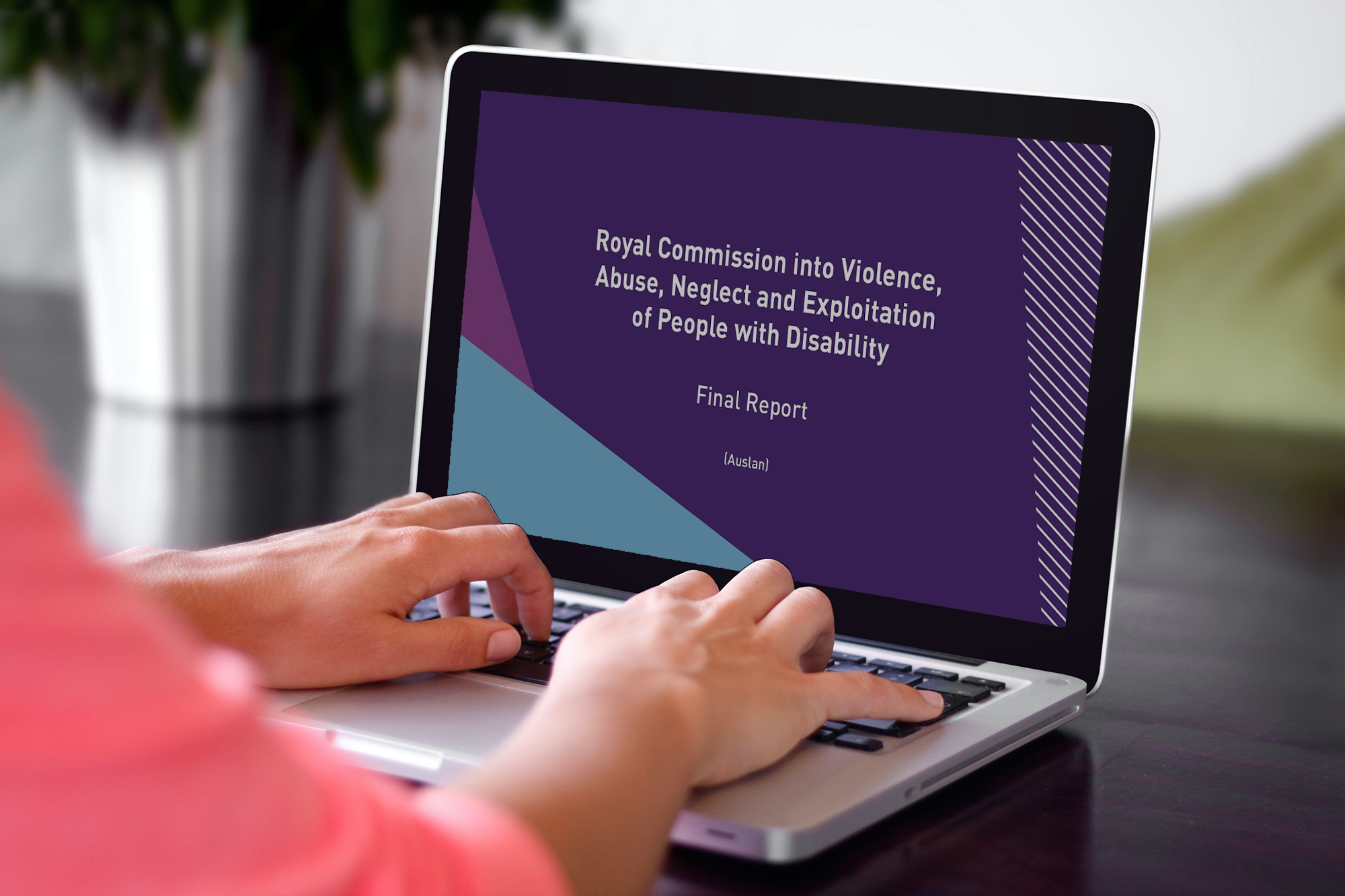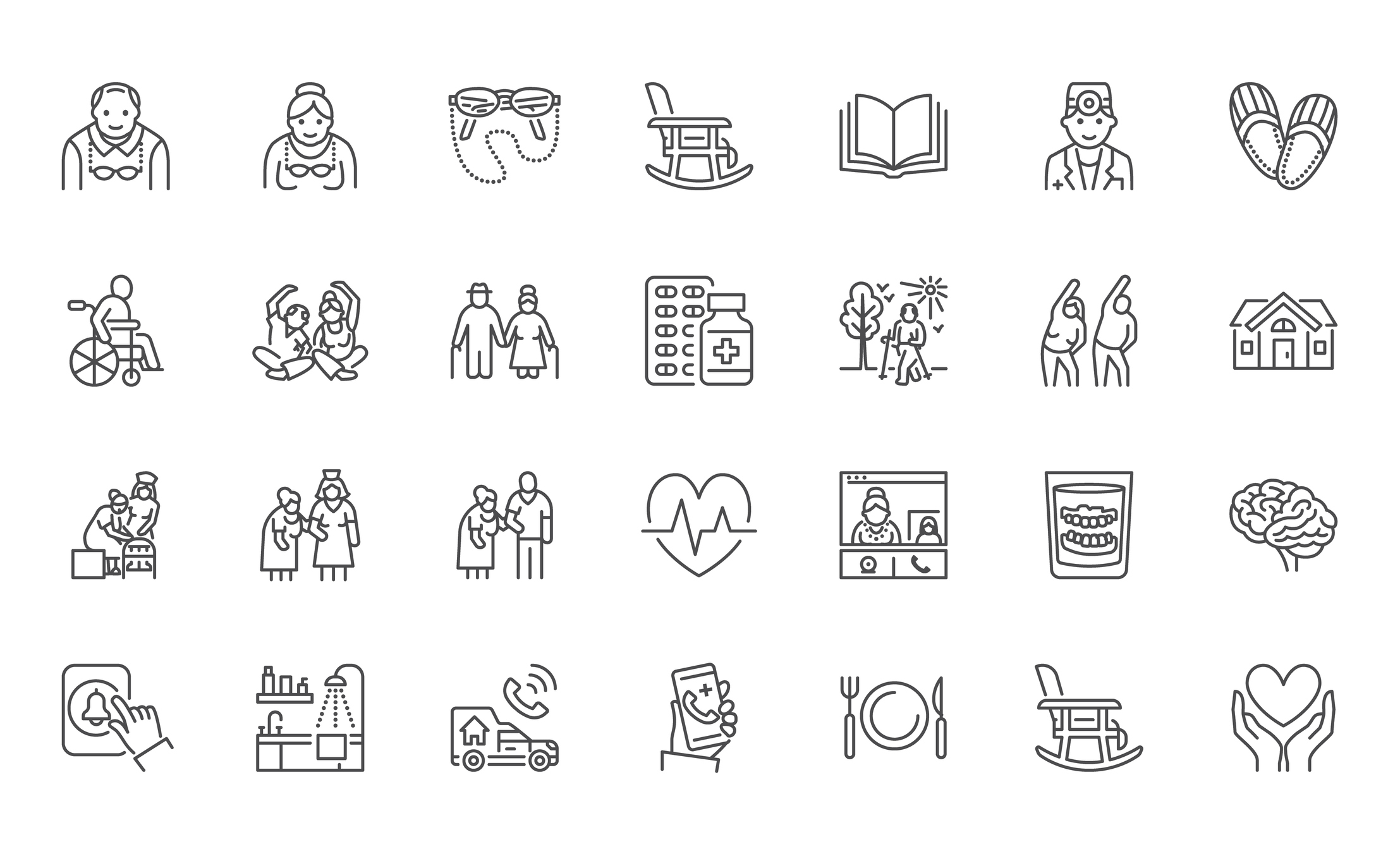Last month, Emma from the BNG team attended the Mackillop Family Services conference, Child Safe Organisations: Prevention and Practice Beyond the Royal Commission, which was held in Melbourne.
It was a great opportunity to hear about the current developments in legislation and policy in light of the Royal Commission findings and recommendations, some of which are already in the process of being implemented.
Among the various discussions that came out of the conference, there were some key points relating to organisational practices that were raised. Many of these were centered around a child-rights approach to child safety, including:
- The need to listen to children, and believe them, rather than dismissing them by saying ‘he/she always makes things up’ or ‘there’s no way that staff member would have done that’
- Looking at organisations through the eyes of children. How do they perceive the structures in place that facilitate and support them to come forward and disclose abuse? Do they feel safe and comfortable to do so, and are there child-friendly mechanisms which support this?
- Putting the best interests of children first, as well as taking into consideration their views and opinions
- The importance of positive organisational cultures – cultures that promote a learning organisation and prioritise and promote child safety
It is essential that organisations strive toward best practice with the attitude of understanding why they are doing things, not only what they are doing. Making systems and processes child safe should not be seen as a burden, but as something that will improve services and outcomes as well as protect children from harm.
How can you ensure that children experience organisations as being child safe
From the recommendations of the Royal Commission, we have a better idea of where we need to be, but how do we get there? Many of these recommendations might seem difficult to aim for because they are not concrete, measurable outcomes, such as ‘culture change’.
Becoming a best practice child safe organisation is a long-term strategy, and will not happen overnight or by accident. Some suggestions for where to begin are:
- Make child safety a standing item in board meetings, with child safety reported on and presented to the board on a quarterly basis
- Boards and senior leadership should send out internal communications to staff and stakeholders clarifying their stance on child safety, and stating their renewed commitment as a result of the Royal Commission—including how these commitments will be demonstrated
- Ensure the following are in place, are communicated, and are regularly reviewed and updated
- Child Safe policy
- An updated Code of Conduct with a child safe focus
- Strategies to promote participation and empowerment of children, including tailored organisational documents that they have access to and can understand
- Clear reporting procedures that comply with any relevant mandatory reporting requirements
SPP updates in child safety
We recently added into SPP the revised WA child protection standards, the Better Care, Better Services Standards, which came into effect from 1 January 2018.
These standards reflect many of the child rights-based principles outlined above, such as asking children about their safety needs and being responsive to their needs.
To align our assessments in SPP with these updated principles for child safety, we also amended and added questions in some of our child protection-related assessments. For more details on these changes and how they may affect your organisation, see the March Alert in the Reading Room.
If you found this post useful, look out for next week’s post, which will outline the developments towards a set of National Child Safe Standards.
The team at BNG is committed to supporting organisations strive for best practice and keeping you up-to-date with developments in the area of child protection. If you have a request or an idea for a resource that would benefit you and other organisations, please email us


